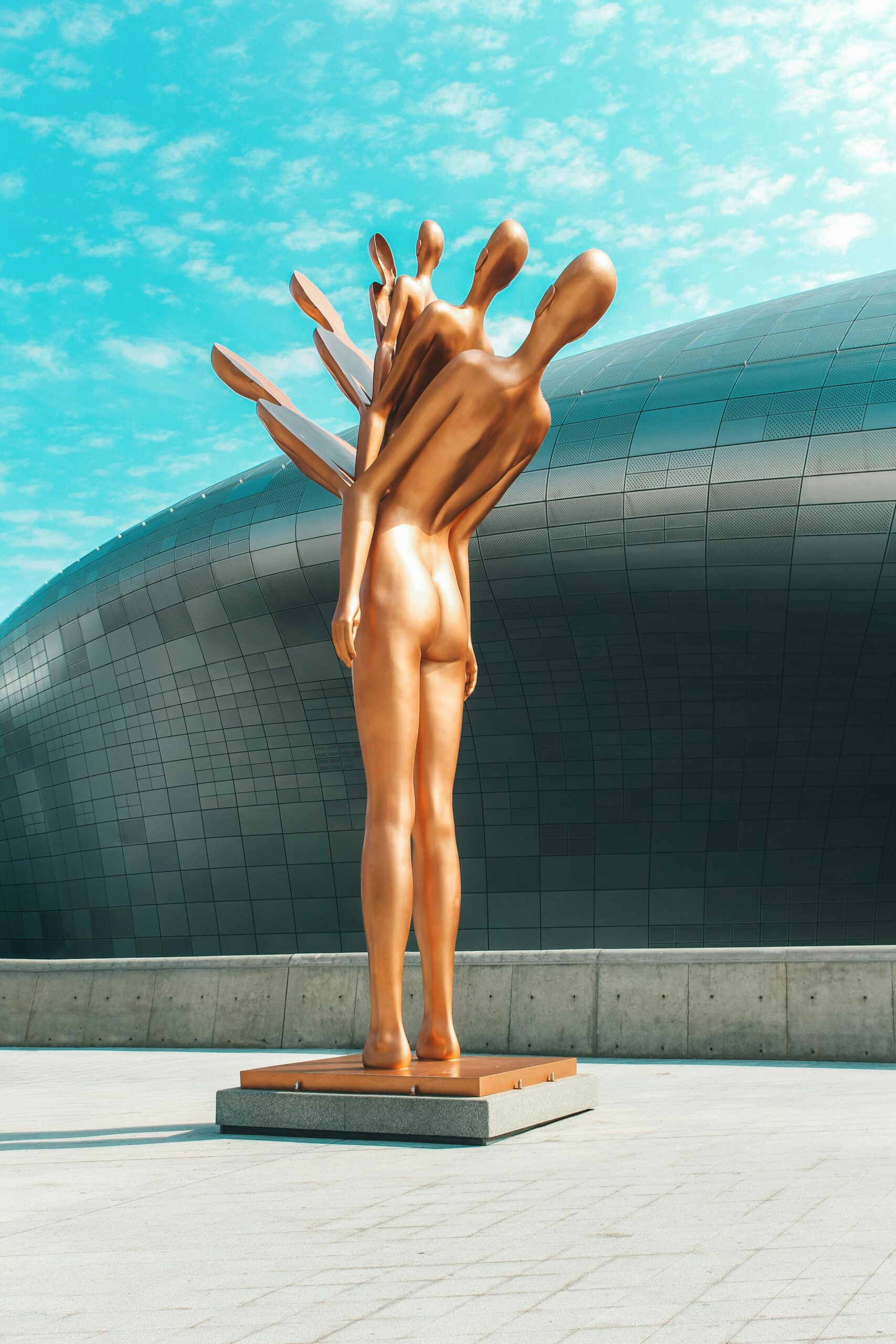Introduction
The Dongdaemun Design Plaza (DDP) stands as one of Seoul’s most iconic architectural marvels and cultural hubs, blending futuristic design with deep-rooted historical significance. Since its completion in 2014, the DDP has transformed the Dongdaemun district into a vibrant epicenter for creativity, innovation, and public engagement. This article explores the multifaceted aspects that make the DDP a landmark destination—from its stunning architectural design and sustainable construction to its role in fostering design innovation and community interaction. Understanding the DDP’s impact offers insight into how thoughtful urban development can shape both cityscapes and cultural identities, positioning Seoul as a global design capital.
The Architectural Vision and Design Innovation
Designed by the acclaimed Iraqi-British architect Zaha Hadid, the Dongdaemun Design Plaza redefines contemporary architecture with its fluid form and innovative use of materials. The structure’s smooth, curvilinear surfaces challenge traditional building aesthetics, appearing almost organic in its flow, as if sculpted rather than constructed. The vast steel framework is clad in 45,000 aluminum panels, creating a seamless facade that reflects light differently throughout the day. This architectural approach exemplifies parametric design, where computer-generated algorithms help craft complex shapes that were once impossible to realize. It’s not merely a building but a symbol of Seoul’s leap into the future of design technology.
Blending History with Modernity
While the DDP epitomizes futuristic design, it is firmly anchored in the historical context of Dongdaemun, one of Seoul’s oldest commercial districts known for its traditional markets and city gates dating back to the Joseon Dynasty. The site itself houses archaeological remains, which were carefully preserved and integrated into the DDP’s underground space, showcasing Seoul’s commitment to cultural heritage even amid rapid modernization. This juxtaposition of ancient and ultra-modern serves as a physical and symbolic narrative of the city’s evolution, illustrating how progress can honor history rather than erase it.
A Hub for Design, Culture, and Community Engagement
The DDP’s purpose extends beyond architecture; it functions as a dynamic cultural complex hosting exhibitions, fashion shows, design markets, and forums that highlight both domestic and international creativity. Its versatile interior spaces, including the Art Hall and Design Museum, offer platforms for emerging artists and designers to display innovative work. Public programs encourage interaction, making design accessible to people from all walks of life and fostering a sense of community. Seasonal events and night markets further invigorate the locale, transforming the DDP into a year-round cultural destination that supports economic vitality and tourism.
Sustainability and Urban Regeneration
In addition to aesthetic and cultural considerations, the Dongdaemun Design Plaza was constructed with sustainable principles in mind. The building incorporates geothermal energy systems and eco-friendly materials to minimize environmental impact. Moreover, its development played a crucial role in the urban regeneration of the Dongdaemun area, shifting the neighborhood from a congested commercial zone to a pedestrian-friendly, green urban space. The design plaza encourages walkability with wide open spaces and landscaped parks, improving urban livability while preserving local identity. This balance of ecological awareness and urban development sets a precedent for future projects in rapidly growing cities.
Global Influence and Legacy
Since opening, the Dongdaemun Design Plaza has become a magnet for architects, designers, and tourists worldwide, influencing the global discourse on urban design and cultural spaces. Its success lies in the seamless integration of innovation, heritage preservation, and community orientation. The DDP exemplifies how an architectural landmark can become a catalyst for creativity and urban renewal on a metropolitan scale. As Seoul continues to position itself as a leading design capital, the DDP’s legacy offers a blueprint for other cities seeking to reinvent themselves through design-driven development that is inclusive, sustainable, and forward-thinking.
Conclusion
The Dongdaemun Design Plaza is much more than an architectural marvel; it embodies the harmonious convergence of futuristic innovation, cultural heritage, and sustainable urban transformation. Through its visionary design by Zaha Hadid, the DDP pushes the boundaries of modern architecture, while its respectful integration of historical elements enriches the narrative of Seoul’s evolution. Serving as a dynamic hub for art, culture, and public engagement, the plaza fosters creativity and community in equal measure. Its sustainable features and role in regenerating the Dongdaemun area demonstrate a commitment to ecological and social well-being. Ultimately, the Dongdaemun Design Plaza encapsulates how thoughtful design can inspire cities, invigorate communities, and create lasting legacies in the ever-changing urban landscape.
